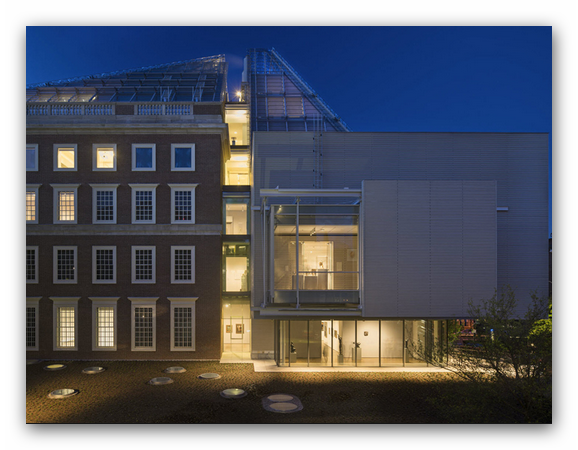May 19 2017 - May 20 2018
Cambridge, MA
Between 1766 and 1820, Harvard College assembled an extraordinary collection of paintings, portraits, and prints; mineral, plant, and animal specimens; scientific instruments; American Indian artifacts; and relics from the ancient world. These objects were displayed in a set of three rooms adjacent to the college library in Harvard Hall, a large brick building that still stands at the center of campus today. The largest of these spaces, the Philosophy Chamber, was an ornately decorated room named for the discipline of natural philosophy, a cornerstone of the Enlightenment-era curriculum that wove together astronomy, mathematics, physics, and other sciences in an attempt to explain natural objects and physical phenomena. The collection and the chamber played a vital role in teaching and research at Harvard, while also serving as the center of artistic and intellectual life in the greater New England region for over 50 years. Artists, scientists, students, and advocates of American Independence—including George Washington—came to the Philosophy Chamber to discover, discuss, and disseminate new knowledge.
The Philosophy Chamber: Art and Science in Harvard’s Teaching Cabinet, 1766–1820 reunites many of these original objects, showcasing a range of works that have been hidden away for nearly two centuries.
The exhibition features more than 100 works displayed in four thematic sections, including a loose reconstruction of the Philosophy Chamber itself.
Credit: Exhibition overview from museum website.
Whether or not you go, The Philosophy Chamber: Art and Science in Harvard's Teaching Cabinet, 1766–1820 introduces readers to many long-forgotten icons of American culture. Harvard College’s 18th-century Philosophy Chamber was a rich and varied representation of not only artistic and cultural achievement but also contemporary understandings of the natural world. Dispersed and hidden away for nearly 200 years, this unrivaled collection has been reunited for the first time since it was originally assembled, providing an invaluable window into the art and culture of early America. It attests to the wide-ranging spirit of inquiry that characterized the late 18th and early 19th centuries. With an insightful look at conservation efforts and detailed examination of specific objects, including works by artists such as John Singleton Copley and John Trumbull, this publication explores the social and political stakes that underpinned one of the most remarkable assemblages of artifacts, images, and objects in the Atlantic World.
The Philosophy Chamber: Art and Science in Harvard's Teaching Cabinet, 1766–1820
Exhibition Venues & Dates
May 19 2017 - May 20 2018
Cambridge, MA

